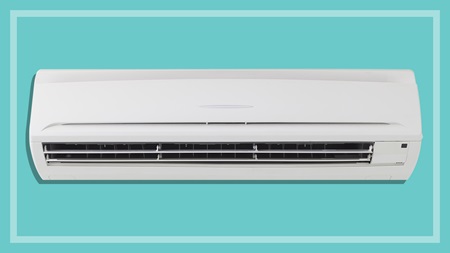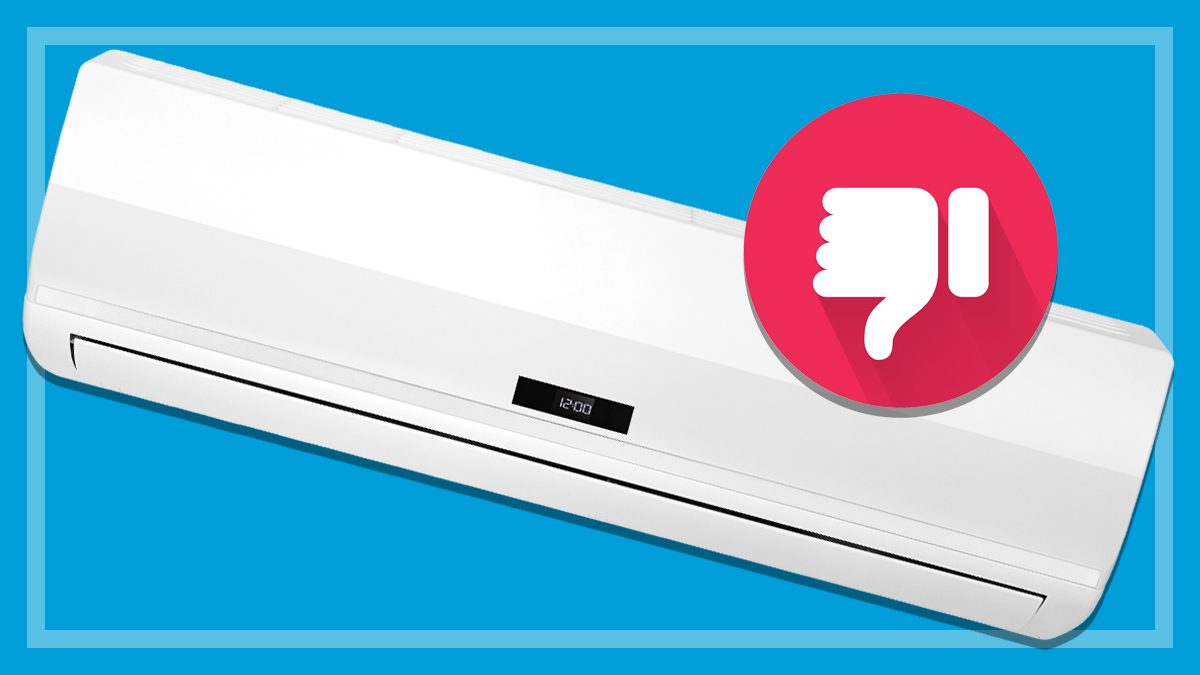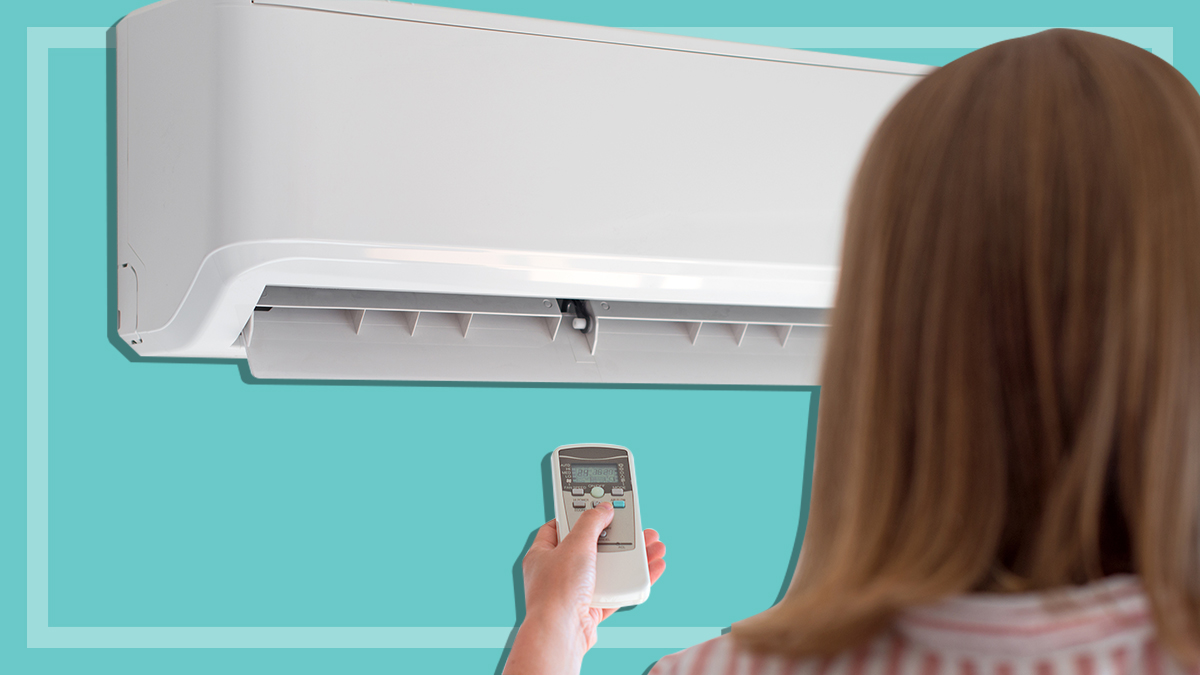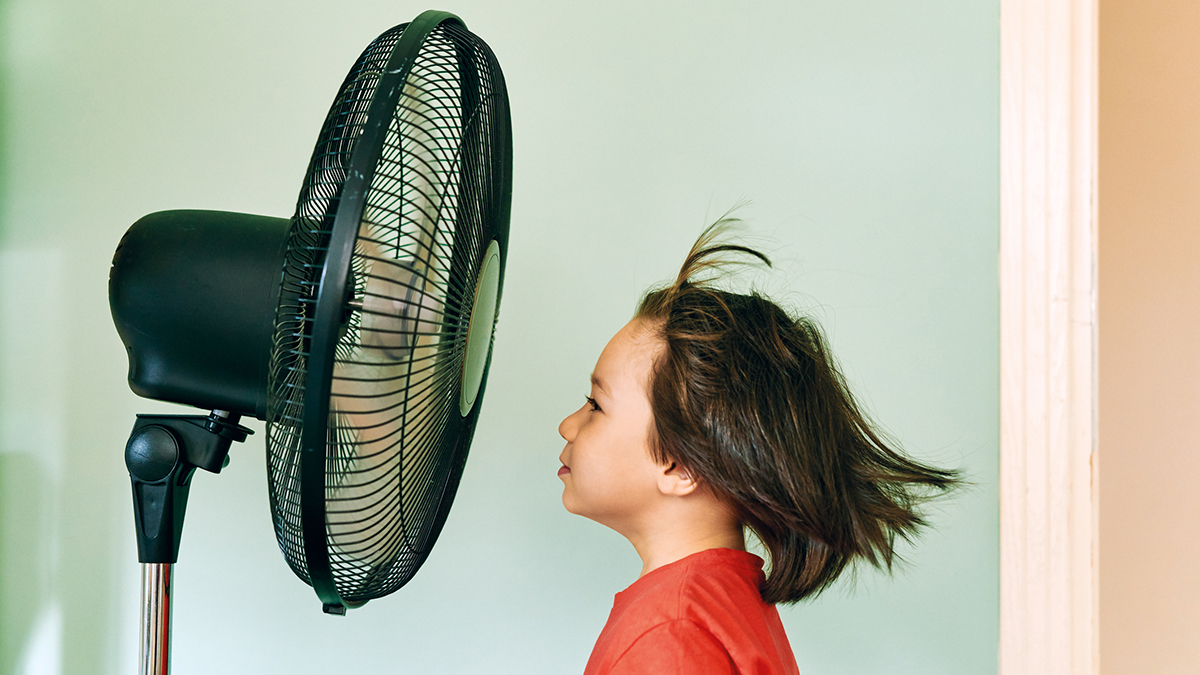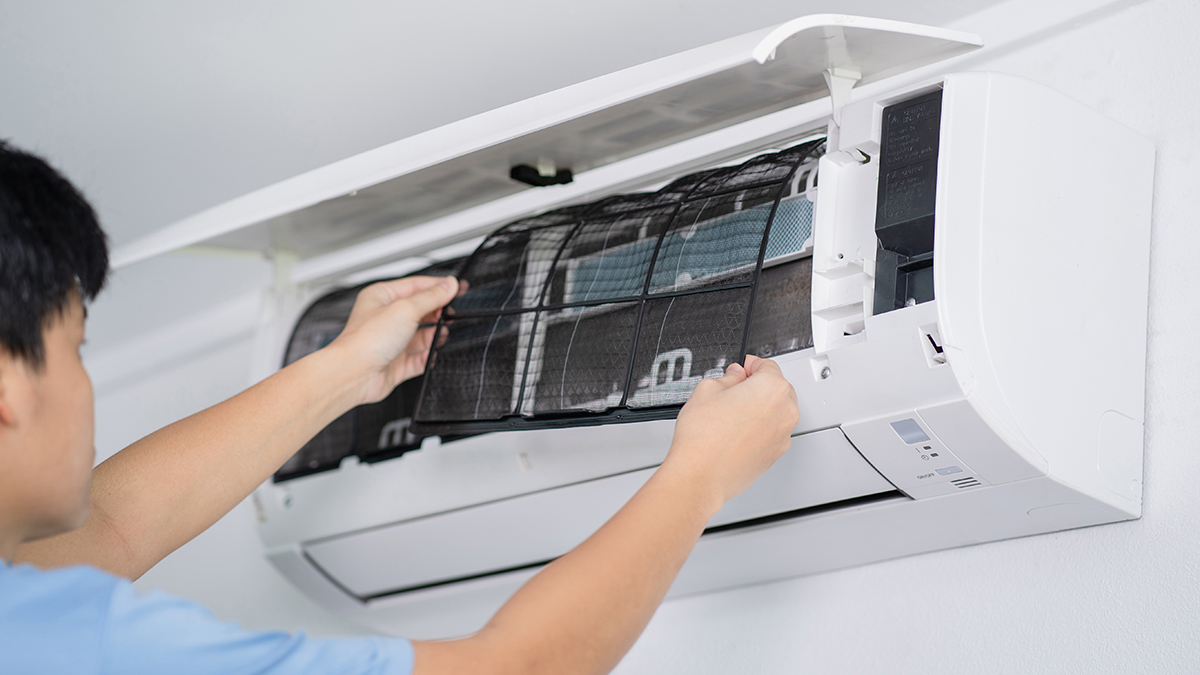Get our independent lab tests, expert reviews and honest advice.
How to save money on your air conditioner cooling costs

Need to know
- Running costs between air conditioner models can vary dramatically, so it pays to ensure you're using an energy-efficient unit
- We reveal how much air con costs to run, the best temperature settings, why size matters, and other bill-busting expert tips
- Consider becoming a CHOICE member to access independent expert reviews of more than 300 air conditioners
On this page:
- How much do air conditioners cost to run?
- How to reduce your air conditioner electricity costs
- What's the ideal temperature to set for summer?
- What's the ideal temperature to set for winter?
- 10 extra tips to save money on your air con in summer
It’s shaping up to be another scorching summer and if you’ve just installed air con to cool your home, or you’re planning to, you’re probably looking forward to never having to swelter through a steaming hot day again.
But before you go cowboy with the temperature remote and turn your living room into an icebox (or a furnace when the chilly weather hits), it’s important to understand how much energy your air con will use, and how much it will affect your bills.
Heating and cooling appliances account for about 40% of energy use in the average Australian home. The good news is that just a few small changes can help lower your electricity costs and your carbon footprint, which helps the planet too.
Follow these expert air con tips to help keep your energy bills in check.
How much do air conditioners cost to run?
In our air conditioner reviews, we’ve calculated annual running costs for more than 300 models, based on each model’s rated power consumption.
As the table shows, electricity costs for similar units can differ by hundreds of dollars a year. That’ll add up to thousands of dollars over 10 years, which would cover a large chunk of your air conditioner installation costs.
It’s even more reason to do your research and shop wisely.
| Size | Annual cost* |
|---|---|
| Small (up to 4kW) | $150–370 |
| Medium (4–6kW) | $340–650 |
| Large (over 6kW) | $530–1160 |
Other factors affecting running costs
Of course, it also depends how much you plan to run your air con, too.
“If you use it rarely – say, only a few days a year during heatwaves or cold snaps – you may be OK to buy a cheaper unit that’s less efficient to run, since the running costs are less of a concern,” says CHOICE air con expert Chris Barnes.
“But if you use it a lot, such as most of summer or winter, then you absolutely should be looking for a very efficient model.”
Chris also stresses that there are many factors beyond the unit itself that will affect the running costs.
“Variables like the climate zone you live in, your home’s location, thermal efficiency and insulation, outdoor temperature and the set target indoor temperature can all significantly impact how hard the air conditioner has to work,” he says.
Electricity costs for similar units can differ by hundreds of dollars a year
Energy star ratings are now based on the Zoned Energy Rating Label (ZERL), which shows ratings based on climate zones to help you decide which is best for where you live.
Typically, running costs in the cold zone (e.g. Canberra, Melbourne or Hobart) or hot zone (e.g. Darwin or Brisbane) tend to be higher than for the average zone (e.g. Sydney, Perth and Adelaide). That’s because the air conditioner usually runs for longer in those areas, and may also have to work harder in the more extreme cold or heat.
Our detailed air conditioner reviews include the zone star rating labels for each model where available. We calculate running costs for cold, average and hot zones based on this zoned energy data, for those models that have it.
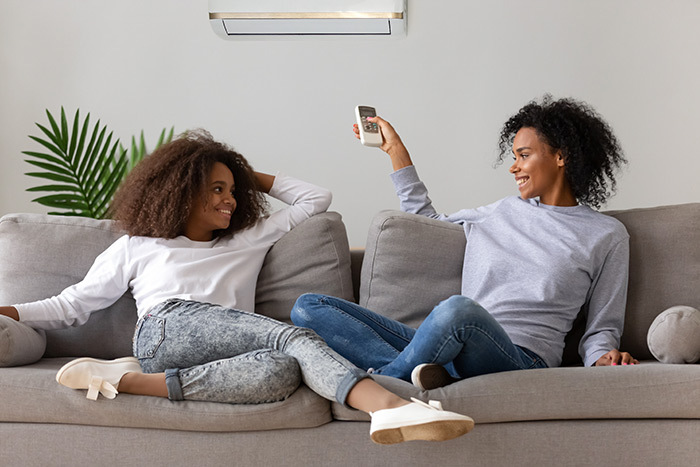
How to reduce your air conditioner electricity costs
Air con is great, but great big power bills? Not so much. Here are the key things to consider to keep your costs down.
1. Get the right size for your home
Before you buy your air conditioner, make sure you’re choosing the most efficient option for your home.
First, you need to ensure you choose the right size air conditioner.
Too big and you could be using more electricity than you need because the unit may run frequent short cycles to achieve the target temperature. Too small and it will have to work too hard to cool or heat your space.
“Aim for the sweet spot in terms of size,” says Chris.
Aim for the sweet spot in terms of size
CHOICE air conditioning expert Chris Barnes
Second, keep in mind that most models these days are inverter units. This means the air conditioner adjusts its output to the target temperature of the room.
So, if you have a bigger, more powerful air conditioner operating in a well-insulated house, it will be running at quite efficient levels and could be more efficient than a smaller unit that may typically cost less.
Third, if you have a house that’s poorly insulated, a smaller unit is going to be working harder and ending up costing more to run than the bigger unit in the more efficient house.
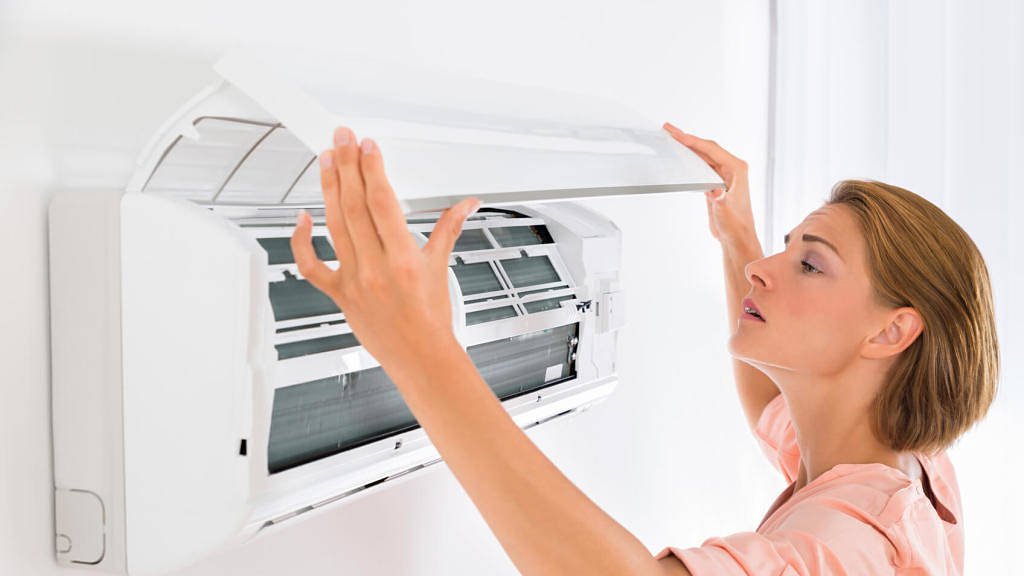
2. Make sure the unit is installed in the best position
Chris says to get a professional to assess your home and make the best possible recommendation as to where the unit should be located, inside and outside.
“It won’t make a huge difference to your running costs, but could definitely have an effect,” he says.
“For example, for a typical unit mounted high on a wall, you want to ensure it can blow lengthways across a room without any obstruction – give it a chance to reach across all corners of the room and lower the temperature.
You don’t want the outside unit to be baking hot or freezing cold, as it’ll have to work harder and therefore cost you more
CHOICE air conditioner expert Chris Barnes
“And for the outside unit, it’s best if it’s not exposed to extreme temperatures. You don’t want the unit to be baking hot or freezing cold, as it’ll have to work harder and therefore cost you more.”
3. Check energy star ratings and understand power consumption
“Look at the unit’s energy star rating, or the running costs that we calculate in our testing based on average usage,” says Chris. “These will give you the best idea of which models are the most cost-effective to run.”
The Zoned Energy Rating Label (ZERL) gives a seasonal efficiency rating for three climate zones across Australia and New Zealand, which gives you more targeted energy-saving information to help you choose the best appliance for your needs.
At CHOICE, we regularly find that a unit’s performance doesn’t always match the advertising hype, so be sure to check our air conditioner reviews before you buy to see how models really rate, and what they cost to run.
What’s the ideal temperature to set for summer?
The difference between the temperature outside and the temperature you set your air conditioner to will have a significant effect on your power bills.
To give you optimal coolness for the cheapest price, you should aim for a difference of about 8°C between the outside temperature and the temperature you set your air conditioner to.
“The running costs and energy used by your air conditioner can vary hugely based on a number of factors,” says Chris.
“But generally, for the best efficiency, aim to set your unit around 8°C cooler than the outside temperature.”
For the best efficiency, aim to set your unit around 8°C cooler than the outside temperature
Sticking to this 8°C differential will also save on wear and tear on the air conditioner’s motor.
In general, Chris says, each degree cooler usually adds about 10% to the running cost of your air conditioner.
Obviously this is just a guide, and there’ll be times when you need to crank the air con. Setting the air con to 32°C on a 40°C day isn’t a great idea, no matter how much money you’ll save!
What’s the ideal temperature to set for winter?
When you need to warm your cockles in winter, reverse-cycle air conditioners are one of the most efficient and cost-effective ways to heat individual rooms and large living spaces, beating electric and gas heaters on running costs when we crunched the numbers.
Just like in the summer, the difference between the temperature outside and the temperature you set your air conditioner to will have a significant effect on your power bills.
Each degree warmer usually adds about 10% to the running cost of your air conditioner
And just like in summer, the sweet spot between comfort and cost is a difference of about 8°C between the temperature setting of your air con and the temperature outside.
(Of course, this rule doesn’t necessarily apply in freezing temperatures: no-one’s going to set their air condition to 3°C when it’s -5°C outside!)
Combined with a well-insulated home and a few other simple tricks (see below), you can stay toasty for less.
10 extra tips to save money on your air con in summer
Don’t let your air con become an energy guzzler. Keep those energy bills down with our expert’s handy tips:
- Make sure your unit is regularly maintained and the filter kept clean so it can work as efficiently as possible. Learn how to spring clean your air con to save money this summer.
- Invest in a smart air con with app capability so you can switch it on remotely to cool down the house before you get home, or switch it off if you forgot to when you left the house.
- Use the eco setting, if your air conditioner has one.
- If you have ducted air conditioning or more than one unit, use zoned heating and cooling so it’s only operating in areas people are actually using. Or keep doors closed so the air is circulating only in areas being used.
- Insulate your home. You can lose as much as 35% of your home’s warmth if it’s not insulated. Insulation will also keep your home cooler in summer, so it’s worth the investment.
- Consider solar to help reduce your electricity costs. Solar is a considerable investment, but it can significantly reduce how much you pay for cooling and heating your home with air con.
- Use a pedestal fan or ceiling fan to help circulate the cool or warm air produced by your air conditioner. Find out how a ceiling fan can slash your heating costs in winter.
- Seal your house so the heat won’t escape. Even simple solutions like towels or door snakes across gaps under your doors can make a difference to keep the heat in, so your air conditioner won’t need to work as hard.

